Shravanabelagola town and Jainism
Nestled between the Indragiri and Chandragiri hills, Shravanabelagola in Karnataka is one of the oldest and most significant Jain pilgrimage centers in India. Dating all the way to 297 BC, this town is associated with the great ruler Chandragupta Maurya who lived here after he became a Jain ascetic. Jainism flourished thereafter in this part of the state from the 4th to 10th century under the Kadamba, Ganga and Rashtrakuta dynasties.
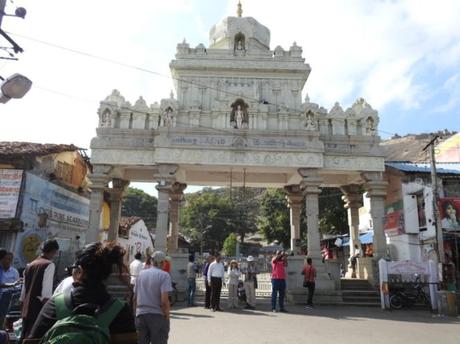
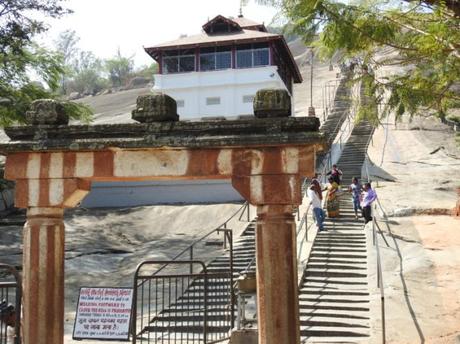
Lord Gommateshvara or Bahubali
One of the most revered saints of the Jains, Bahubali was the son of the first Jain Thirthankara VrishabaDeva. It is believed that Bahubali stood still and meditated for one year in a standing posture (kayotsarga) before He attained salvation. The stunning monolithic statue of the Lord stands tall atop the Indragiri hill that is 470 feet high and is accessible by a flight of 650 steps.
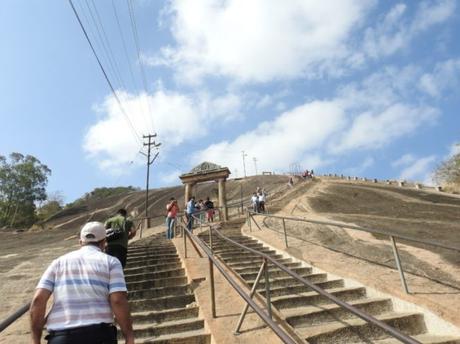
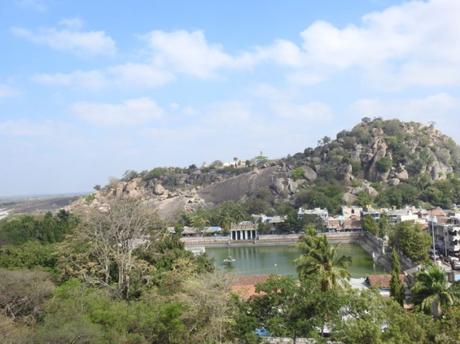
The splendidly carved structure is the creation of master sculptor Aristenemi in 981 AD and was installed in 983 AD by Chamundaraya, a minister under the Ganga king Rajamalla IV. Visible from a distance of 30 km, the status itself is 58 feet tall and is one of the largest free-standing statues in the world. Made entirely of uniformly fine grained gray granite, the monument is representative of the artistic excellence of the Ganga sculptors.

The half closed contemplative eyes capture the sublime expression of the face that can be viewed from any angle. The nudity and erect stance of the statue are symbols of total renunciation, discipline and self control that are characteristic of Jain Thirthankaras.
It is believed that during His penance, climbers grew around His legs and this has been depicted by the intricately carved creepers that coil around the legs and arms of the statue and culminate as a bunch of flowers and berries in the upper portion of the arms.
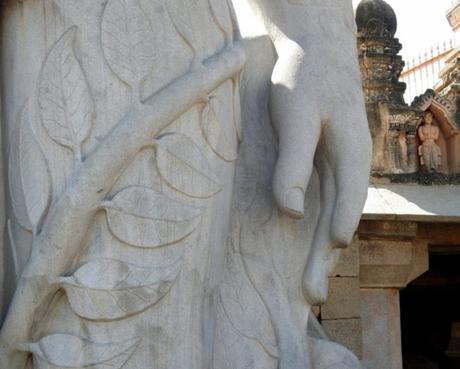
Mahamastakabhisheka
The Mahamastakabhisheka is by far the most important event of the town and refers to the sacred head anointment of Lord Bahubali. Witnessed by millions of devotees this ceremony takes place once in 12 years and the last anointing took place in 2006. Massive scaffolding is erected around the huge statue which is bathed and anointed with various offerings. These include 1008 ‘kalashas‘ or pots of water, milk, coconut water, clarified butter (ghee), sandal paste, sugar, honey, turmeric and saffron. The colorful spectacle is truly a sight of a lifetime.
During other times, the main worship and offering is done to a smaller idol placed at the feet of the main statue.
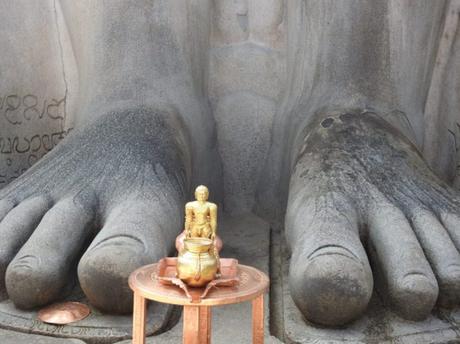
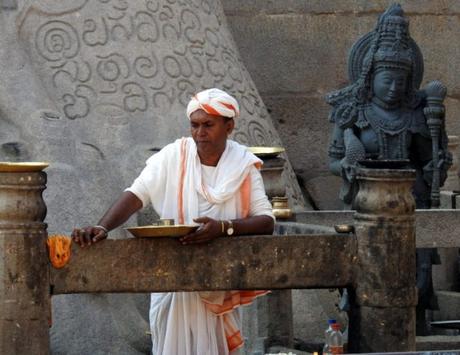
Other shrines and Gullekayi Ajji Mantapa
On the way up, there are multiple Jain temples or Bastis dedicated to the other Jain Thirthankaras. You can witness several small pavilions and sculptured pillars during your ascent.
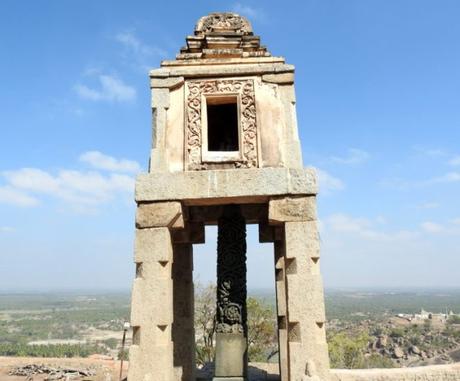
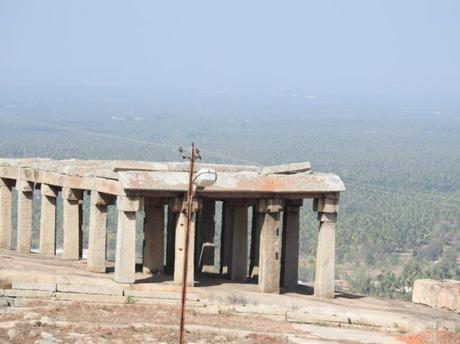
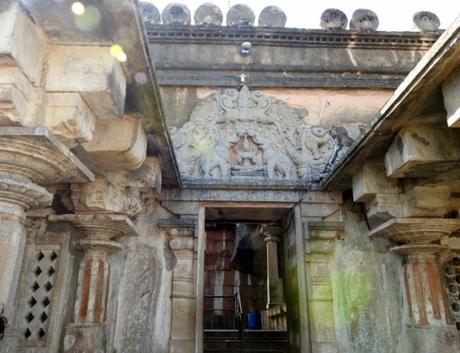
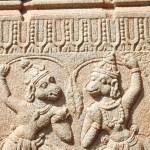
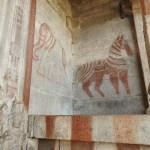
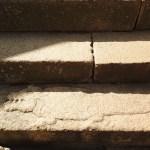
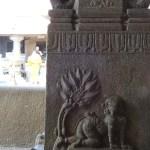
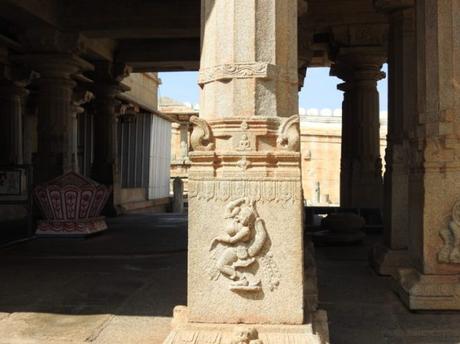
There is also a figure of an old woman named Gullekayi. According to legend, when Chamundaraya started to anoint the statue, his generous offerings failed to cover the entire figure. Then Gullekayi gave him a humble pot of ghee which covered the whole statue. It was then that he realized that the lady was actually Goddess Parvati.
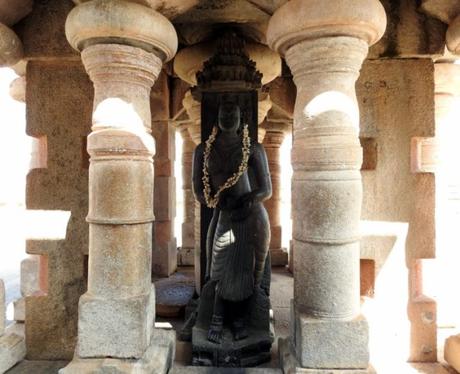
The courtyard that houses the monolith is surrounded by statues of the 24 Thirthankaras and also ornate carvings.
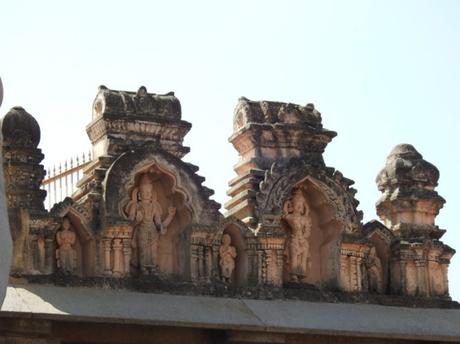
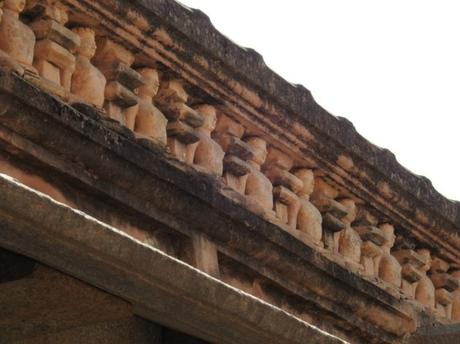
Shravanabelagola is about 150 km from Bangalore and 80 km from Mysore and is easily accessible by road. Hassan is the nearest railway station.
This post was made possible by Karnataka tourism and was part of the Golden Chariot itinerary.
